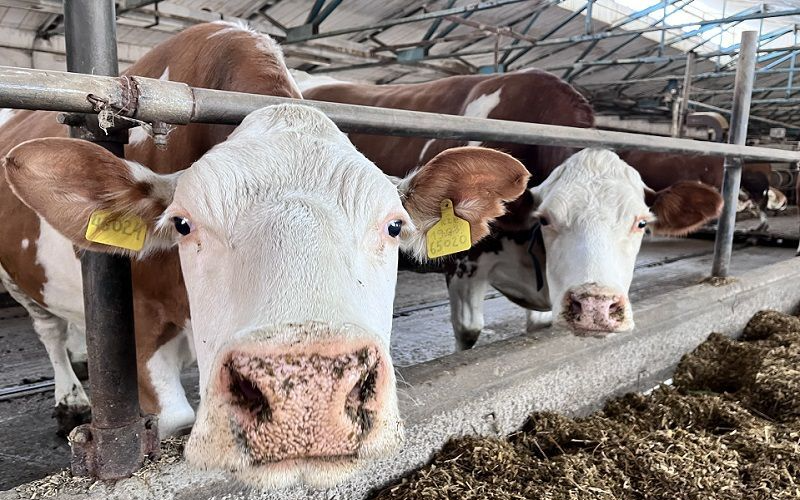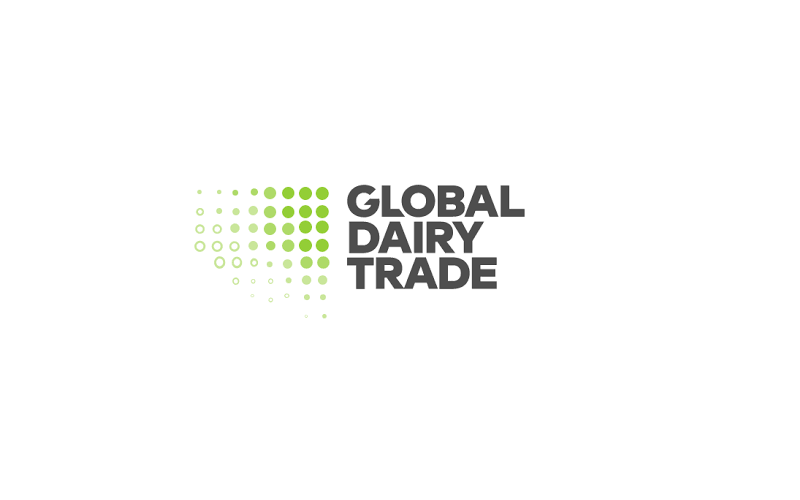Global Alert on H5N1 Avian Influenza in Cattle: Dairy Industry Implications

The World Organisation for Animal Health (WOAH) has raised an alert over the ongoing presence of the highly pathogenic avian influenza (HPAI), subtype H5N1, in cattle. This virus has been classified as an emerging disease, highlighting its potential to adapt to new species and increase transmission risks to both livestock and humans. This situation calls for an immediate reevaluation of biosecurity and surveillance protocols within the international dairy sector.
WOAH's main concern is the continued circulation of H5N1 in cattle, particularly dairy cows, which facilitates viral adaptation to mammals. This could lead to strains with higher geographical spread and zoonotic potential. Consequently, WOAH urges all member countries to strengthen active surveillance and immediate reporting of any cases in cattle through the World Animal Health Information System (WAHIS) to ensure information transparency.
In terms of international trade, WOAH emphasizes avoiding unjustified trade restrictions on healthy livestock and their products. Veterinary authorities are reminded that any import restriction must be based on a rigorous risk analysis and comply with international sanitary standards as outlined in the Terrestrial Animal Health Code. The aim is to maintain market fluidity without compromising food safety.
For dairy production, infected cattle show critical symptoms, including a significant drop in milk production and changes in milk consistency to a thicker, colostrum-like state. WOAH and public health experts stress the importance of hygiene and biosecurity measures on farms, such as equipment cleaning and strict hand washing by personnel. The public is also advised to avoid consuming raw milk and unpasteurized or untreated products.











